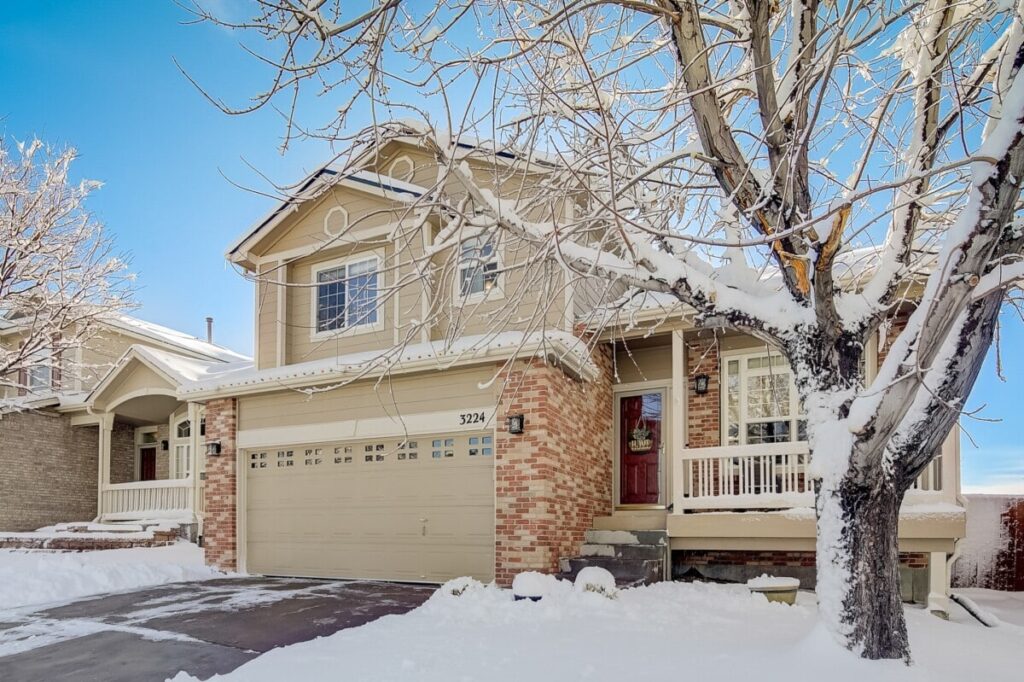One of the most unwelcome problems in any home or rental property is the appearance of mold. This is a difficult problem to solve because there’s no sure way to prevent it from happening – there are a million causes, many of which are beyond your control.
There is a chance that you or your tenants may occasionally encounter mold in your rental property. If you do find mold, you need to deal with it as soon as possible because it poses a health risk to the residents of your home. Here’s what you need to know about removing mold from your rental property and how long you can take to remediate it as a landlord.

Are Landlords Responsible for Mold in Rental Properties?
Ultimately, since the landlord owns the home, it is their responsibility to take care of the mold. Landlords have a responsibility to ensure that the property is safe and habitable for tenants, which means mold should not threaten the health of those who live there.
Because mold is uncontrollable and unpredictable, you need to educate your tenants about mold and how to prevent it in your home. Let them know where mold is common, such as under sinks, in bathroom corners and other damp areas, and ask them to check for mold frequently. Then make sure they understand that if mold is discovered, they should notify you as soon as possible so you can correct the problem before it becomes too big.
How long does it take for a landlord to remediate mold?
In most states, once a tenant reports mold, the landlord has 14 days to conduct an inspection. If it is indeed mold, the landlord has 30 days to fix the problem.
When removing mold from a rental property, the solution isn’t just to remove the existing mold in your home. Instead, you must also address the root cause of the mold. If a leak is causing water to seep into the walls and floors, and the moisture is causing mold to grow, you will not only need to repair the walls and floors where the mold is present, but you will also need to fix the leak to prevent it from happening again.

Check your rental property for mold
Before a tenant moves in, you should thoroughly clean and inspect your property for any mold or signs of future mold problems. Common places for mold to grow are under kitchen sinks and in bathrooms. You should also be aware of other areas in your rental that may have extra humidity and moisture, such as laundry rooms, closets, or basement corners, as these are often environments where mold growth can go unnoticed.
You can also use a home mold testing kit if you find something that you think may be moldy, or you can have a professional inspect the home.
How to Get Rid of Mold in a Rental Home
Depending on the type and amount of mold, you have several solutions for mold removal. Cleaning with a bleach-water solution can remove basic surface mold, but be sure to clean thoroughly.
However, if you find a large amount of mold within your walls or under your carpet, you may want to call a professional to take care of it. A mold removal company will ensure that they remove and properly dispose of all mold, and they will know where and how to inspect all areas of the house for mold.
If you suspect mold is present in your rental property, don’t hesitate to seek professional advice. Spending a little money initially to have an expert inspect for mold can ultimately save you a lot of money and hassle because you’ll avoid potentially costly problems in the future.

Key Tips for Preventing Mold
Solving a mold problem is much more difficult than preventing it from happening. As a landlord, you can’t always control whether mold starts to form in your rental because you’re not the one living in it and mold is unpredictable. However, there are steps you can take to prevent your rental property from causing mold growth in your tenants.
Airflow and ventilation
Make sure there is good airflow and ventilation throughout your home, especially in areas where mold may grow. Bathrooms should have windows that open to remove extra moisture from bathing and showering, and every bathroom should have a working exhaust fan.
If your rental property is located in a humid location, you may want to consider installing a dehumidifier to remove excess moisture from the air.
Check frequently for leaks
A leaky sink can create an environment where mold loves to grow. Let your tenants know that they should report any leaks, no matter how big or small, immediately so you can deal with them.
Educate your tenants
Educating your tenants about mold and how and where it grows will help them help you keep your rental home mold-free. Be sure to clarify that if mold does occur, you understand that the mold is not their fault and you want to make sure to keep their living area clean and safe. Instruct them to contact you immediately if they discover mold, or even if they think they have found signs of mold, so you can remove it.
Be thorough and cautious
As a landlord, the best thing you can do when it comes to mold issues is to thoroughly prepare your property for your tenants and exercise caution. You can’t control mold in your rental property, but you can take preventive measures and conduct frequent inspections to control any potential problems. If you’re careful, you’ll create a safe, healthy environment for your tenants, and your rental property shouldn’t have any major mold problems.

